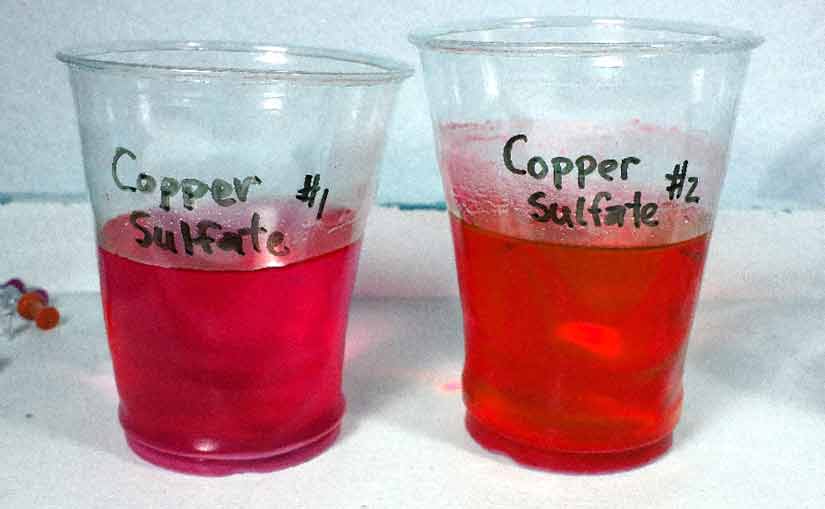Water softener and the effects they have on septic systems is the focus of today’s post. Water softeners have historically used salt as their medium. Salt is an affective inexpensive way to treat hard water making it more palatable for human consumption.
I take many customer questions regarding the use of salt in water softeners. Does a water softener contribute to the depletion of beneficial bacteria in a septic system? Is potassium a substitute for salt and does potassium killing off bacteria.
With the number of fresh water wells and septic systems in the U.S. growing, we could easily reach 22 Million households that use fresh water wells and septic tanks with drain fields as their primary onsite waste water treatment plants. For homes constructed in rural areas of the country, fresh water wells, septic tanks and drain fields are the only option available to homeowners in these outer lying areas.
It is unfortunate that too often homeowners are faced with unpleasant hard water. Hard water requires more soap, detergents and shampoos to achieve the same results as products used with soft water.
Water softeners use a relatively simple process to convert hard water to soft water. The process is referred to as an ion exchange. It is the process of removing calcium and magnesium ions replacing them with sodium or in some cases potassium ions. The end result is soft palatable water.
When a water softener system back flushes or renews its self, the waste or salt brine is ejected from the system as grey waste water. The grey waste water will usually be disposed of on the ground or in the septic tank depending on how your system was constructed. Water softener discharge will kill off beneficial bacteria naturally found in the septic system environment. Because septic systems require beneficial bacteria for the purpose of digestion, the end results of salt being disposed of in the system can be devastating to the natural bacterial count in the system.
Common knowledge supports that high levels of sodium or salt produced by water softener back flush, will kill off beneficial bacteria in a septic system compromising the system and its ability to digest solid waste in to a liquid effluent. Without beneficial bacteria and the digestion of liquid solids into effluent, the end result is solid organic matter will be forced into the drain field clogging the system leading to a damaged drain field. The general conclusion is that, septic tanks, cesspit, cesspools and leaching beds that rely on beneficial bacteria will die off when exposed to high levels of concentrated bacteria.
There is always the option of using a potassium sulfate as the water softener medium instead of the salt additive until repairs can be bade. Potassium sulfate works the same sodium additives.
Water softeners, when not properly maintained can damage your septic tank and drain field causing bio-mat buildup. Your local waste water management will typically dictate the disposal of grey water. Consult with your local municipality before rerouting any grey water into the soil. Some municipalities are easier to get along with than others.

